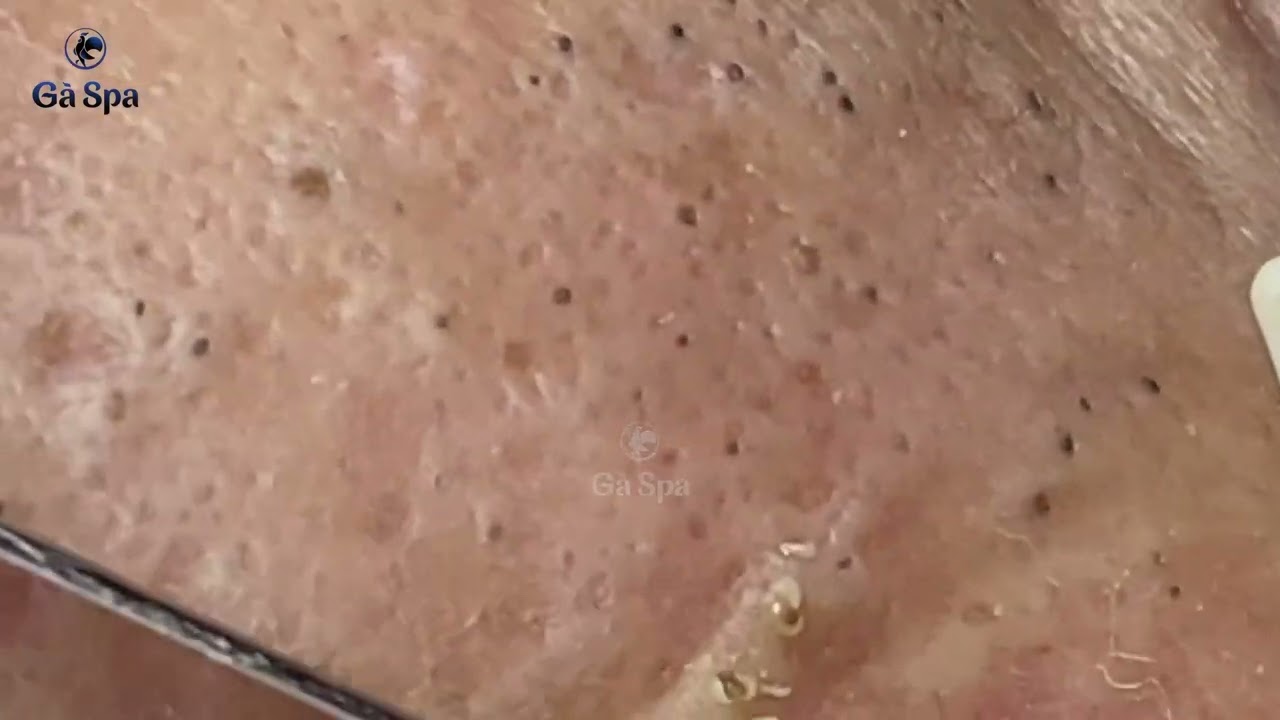Click Button Play To Watch Full Video👇👇
What Your Acne Means By Location: Insights from a Dermatologist
Acne is more than just a common skin condition; it can be a window into your overall health. According to dermatologists, the location of your acne can reveal underlying issues, such as hormonal imbalances, dietary habits, or lifestyle factors. By understanding these correlations, you can make more informed choices about your skincare and health.
Forehead Acne: Stress and Digestive Concerns
Forehead acne, often seen as small bumps or breakouts, is frequently linked to stress and digestive health. This area, part of the “T-zone,” typically has higher oil production. When you’re stressed, your body releases cortisol, which can increase oil secretion and lead to clogged pores. Furthermore, digestive issues—like poor gut health or an imbalanced diet rich in sugar and processed foods—can contribute to breakouts here. To improve forehead acne, consider adopting a diet rich in whole foods and fiber, and incorporate stress-reduction techniques, such as yoga or mindfulness practices.
Cheek Acne: Allergies and Respiratory Factors
If you’re experiencing acne on your cheeks, it may indicate allergies or respiratory issues. This area is susceptible to irritation from everyday items like phones, makeup brushes, and pillowcases. Allergens in your environment can also trigger breakouts. To combat cheek acne, maintain a strict hygiene routine—regularly clean your phone, wash your pillowcases frequently, and choose hypoallergenic skincare products. If you suspect allergies, consulting with a healthcare provider can help identify and manage potential triggers.
Chin and Jawline Acne: Hormonal Fluctuations
Chin and jawline acne are often associated with hormonal imbalances, especially in women. This type of acne typically presents as deep, painful cysts and may coincide with menstrual cycles or hormonal changes linked to conditions like polycystic ovary syndrome (PCOS). Hormonal fluctuations can cause the sebaceous glands to produce excess oil, leading to clogged pores. If you notice persistent breakouts in this area, a dermatologist can help determine whether hormonal therapy, such as birth control pills or anti-androgens, may be beneficial.
Back and Chest Acne: Lifestyle and Sweat
Known as “bacne,” breakouts on the back and chest are often related to lifestyle factors, particularly sweating and friction from clothing. Tight-fitting clothes, especially during exercise, can trap sweat and bacteria, leading to clogged pores. To manage bacne, choose loose, breathable fabrics during workouts and shower promptly after exercising. Incorporating body washes with salicylic acid can also help prevent breakouts by exfoliating the skin and keeping pores clear.
Nose Acne: Oil Production and Clogged Pores
Acne on the nose is frequently characterized by blackheads, primarily due to the area’s high concentration of oil glands. Clogged pores occur when excess oil and dead skin cells accumulate. To address nose acne, regular exfoliation is key. Utilize gentle scrubs or chemical exfoliants containing salicylic acid to help clear pores. Additionally, using non-comedogenic makeup products can further reduce the likelihood of breakouts.
Conclusion
Understanding what your acne may indicate based on its location can empower you to take control of your skin health. While it’s crucial to consult a dermatologist for personalized advice, recognizing these patterns can help you identify potential triggers and make informed lifestyle changes. Your skin reflects your overall well-being; by caring for it holistically, you can work towards achieving clearer skin and improved health. Taking a proactive approach to skincare can lead to lasting benefits, helping you feel more confident in your skin.
